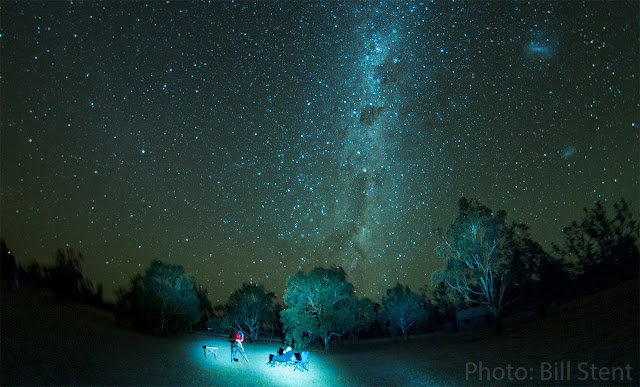Little Corellas on my street
1 May 2019 At this time of year, Little Corellas form large flocks (of maybe a thousand birds) and roam Melbourne for seeds. Liquidambar trees are among their favourite targets. We have a mature Liquidambar up the side of our place in East Kew. So of course, we got targeted. I do love Corellas. Their yelping, slightly whingy call is quite unique (unless you're comparing it with Long-billed Corellas, of course). All we could hear for a while was the birds calling and the banging of the seed balls hitting our neighbour's roof. I grabbed my ScopePix, attached it to my Nikon Monarch 8.5x56 binoculars and went out for a look. The saxon ScopePix is really useful for this kind of thing. It takes a bit of practice to get it square on, and it depends on your binocular's eye relief how far you set it back from the eyepiece, but once it's aligned it's brilliant. The way I use it is I attach it to the right barrel of my bins and use my right eye to look through the








